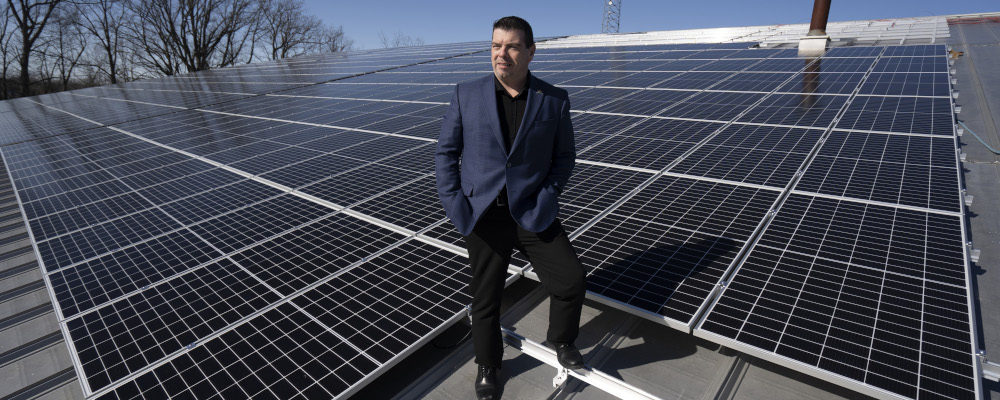Infrastructure is one of those $100 words that can mean almost anything. The legendary American journalist Theodore White wrote that the word was meant “to conceal political explosives.”
In fact, it should be something that the major Canadian parties can agree on. Ottawa has boosted capital spending after decades of underinvestment. The Harper-era Conservatives got things rolling, and the Trudeau-era Liberals have spent more still.
MORE SIGNAL. LESS NOISE. THE HUB NEWSLETTER.
But the Liberal platform says little about broad-based infrastructure investment to support economic growth. As for the Conservative platform, it calls for faster growth and cites infrastructure as a key accelerant, but makes a proposal regarding the Canada Infrastructure Bank (CIB) that would do the opposite.
Canada’s infrastructure challenge isn’t low public spending, but that it isn’t always spent in the right ways. It leads too often to political explosives. Projects are dickered over. Ottawa has let provinces and municipalities spend federal funds on projects of their choosing, often with politics rather than results in mind.
Other countries do it better. Australia, New Zealand and Great Britain have strategies looking out decades and processes to plan and deliver the best projects with the best chances of success. Even the U.S. government sometimes brings more coherence, mitigating against the kind of institutional tangle that mars, say, transit in the Greater Toronto and Hamilton Area.
Earlier this year, the Liberal government took a big step, launching a National Infrastructure Assessment (NIA) to prioritize through 2050 economic, social and environmental infrastructure.
What made it into the Liberal platform is more specific but aligned. Liberals propose to invest more in municipal housing if cities do more to tackle NIMBYism and support inclusionary zoning and density, especially near transit lines.
The Conservatives agree: Their platform would require “municipalities receiving federal funding for public transit to increase density near the funded transit.”
This could be the beginnings of a federal urban agenda in which Ottawa flexes some muscles. Still, both parties know the risks — from the provinces, which have responsibility under the Constitution for municipalities, and from municipalities, which are used to a hands-off approach. That’s probably why the Liberals aren’t emphasizing their plank. Meanwhile, the Conservatives are hiding theirs. The party’s headline pledge is that a Conservative government would provide “more flexibility” to municipalities. Actually, the fine print says it’s less and that’s probably the better way.
The NDP platform, meanwhile, promises to double the Canada Community-Building Fund, the renamed federal Gas Tax Fund, which flows to municipalities largely without conditions.
The infrastructure issue that’s gained most campaign attention is the Conservatives’ commitment to “scrap the failed” Canada Infrastructure Bank (CIB). It’s a promise that they’ll regret, if elected. The CIB got off to a slow start but it’s been gaining traction rapidly.
Had the Liberals not invented the CIB, the Conservatives would have. In fact, the Harper-era Conservatives launched the CIB’s precursor, the P3 Canada Fund. Like the CIB, it was aimed at putting more policy and less politics into infrastructure through public-private partnerships. The CIB redoubles this approach, broadening the private sector’s role regarding revenue generation, like user fees, and innovation in design, construction and operations. (Given CIB financing methods, the Conservatives wouldn’t get as much money as they might think for traditional government infrastructure programs by reallocating what was on the CIB’s books.)
The CIB deserves a chance. Likewise, the NIA deserves to go forward, regardless of election outcome. So why not mix the two?
The CIB was established not just to finance some infrastructure, as it does now, but to bring a more independent, policy-focused approach to a broader range of infrastructure planning. This part never really got off the ground, such as a national centre of expertise and advice, including for better use of data in decision-making. The CIB could do this by being given a leadership role in the NIA and in the reforms that should flow from it, which would turn a bank into an agency.
A Conservative government could rename it the Canada Infrastructure Investment Agency. Campaign pledge fulfilled. It would be good policy too.




